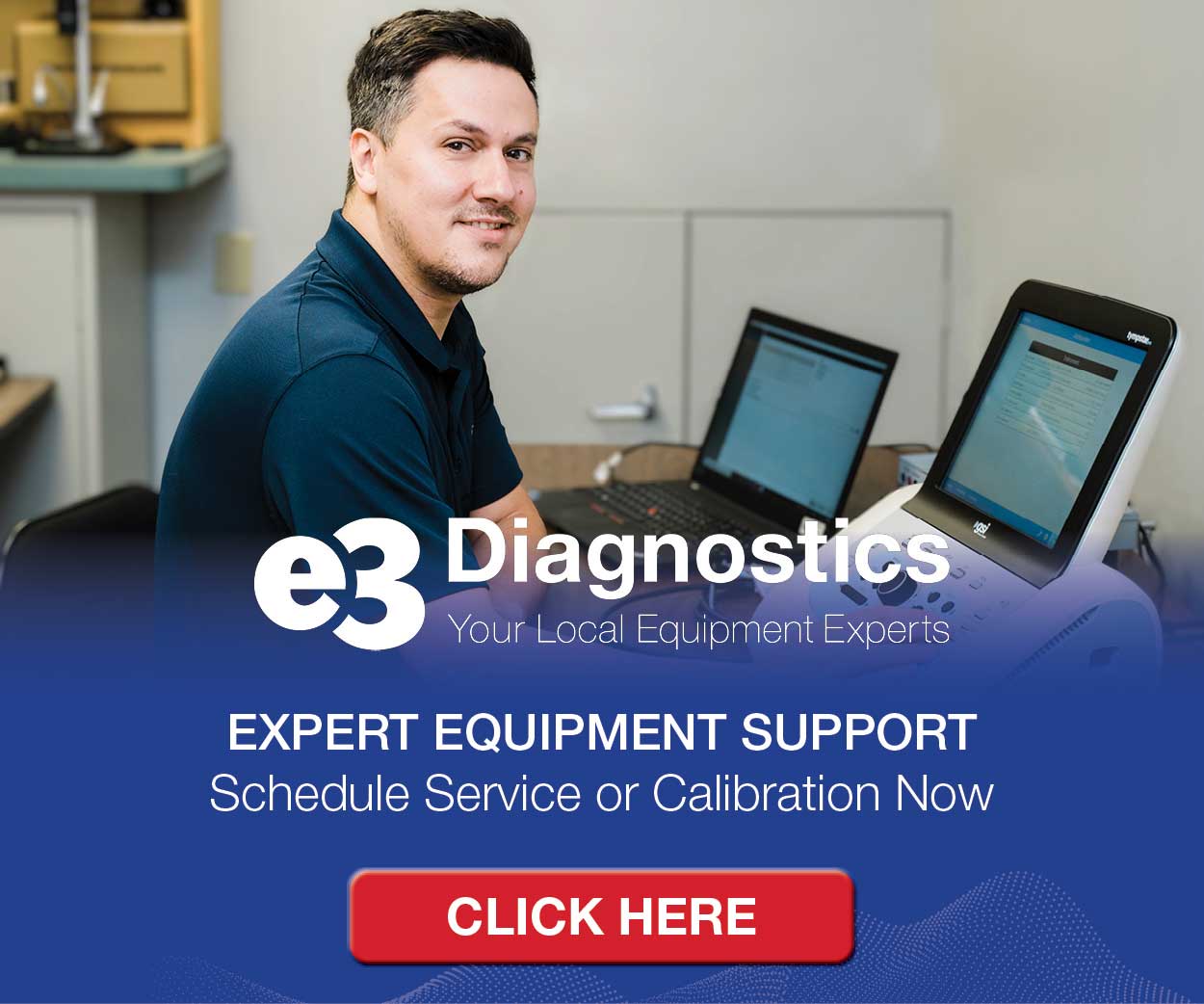Oct. 09, 2011
This blog is part of a continuing series providing background about the role of audiologists in the hearing aid industry, specifically at the manufacturing level. The series focuses on those audiologists who were with manufacturers long enough to make substantial contributions to the positions that audiologists enjoy today as hearing aid manufacturer representatives. The stories highlight the conflicts between theory






